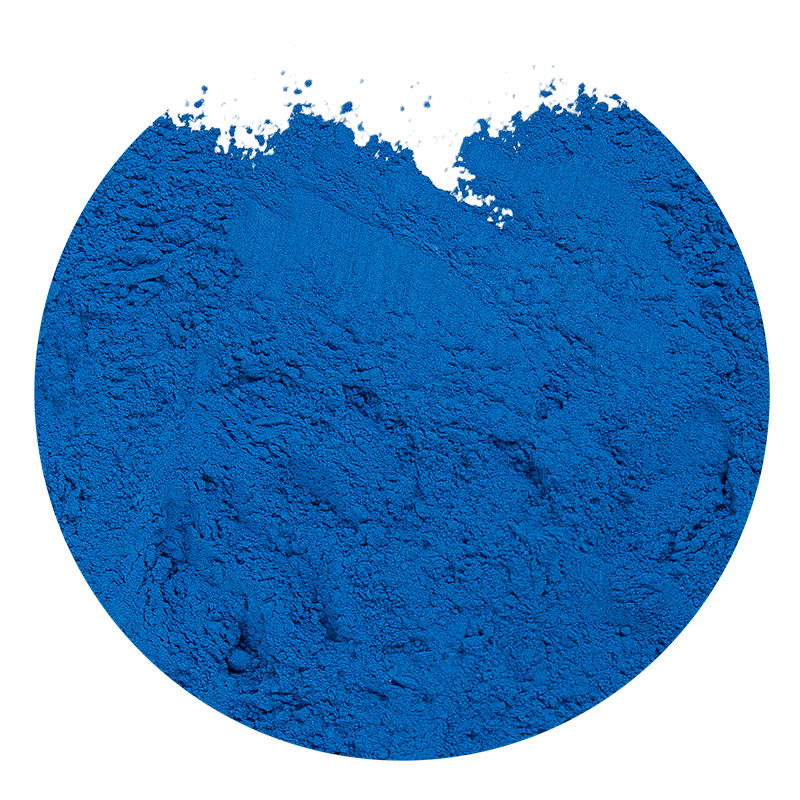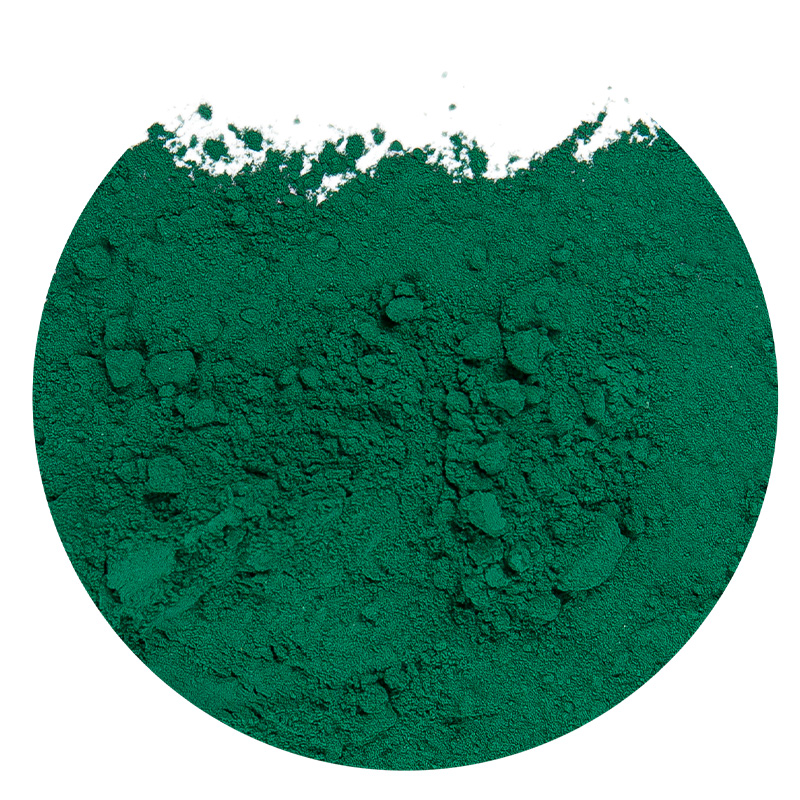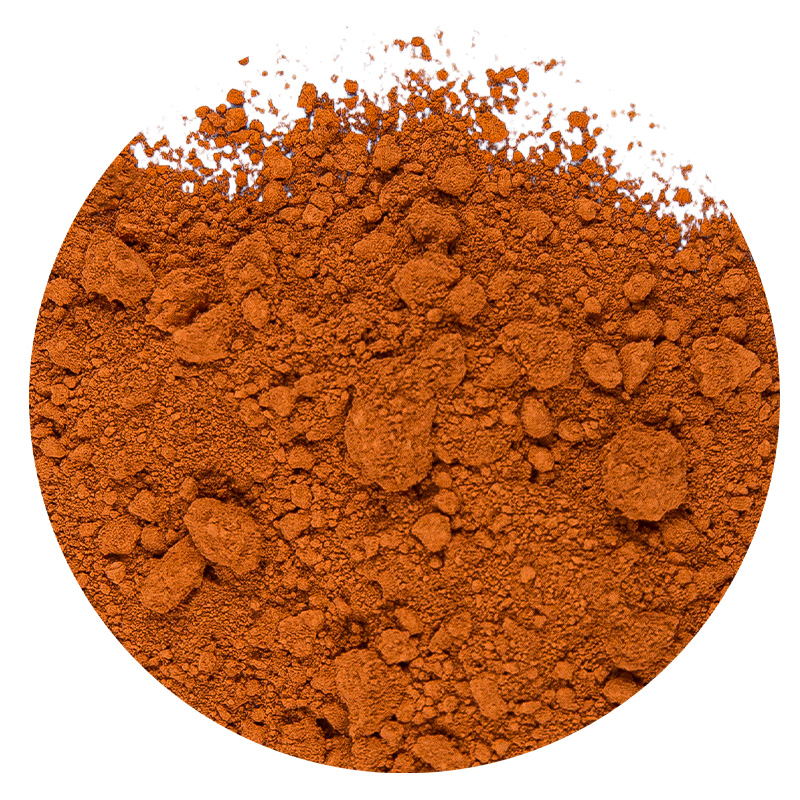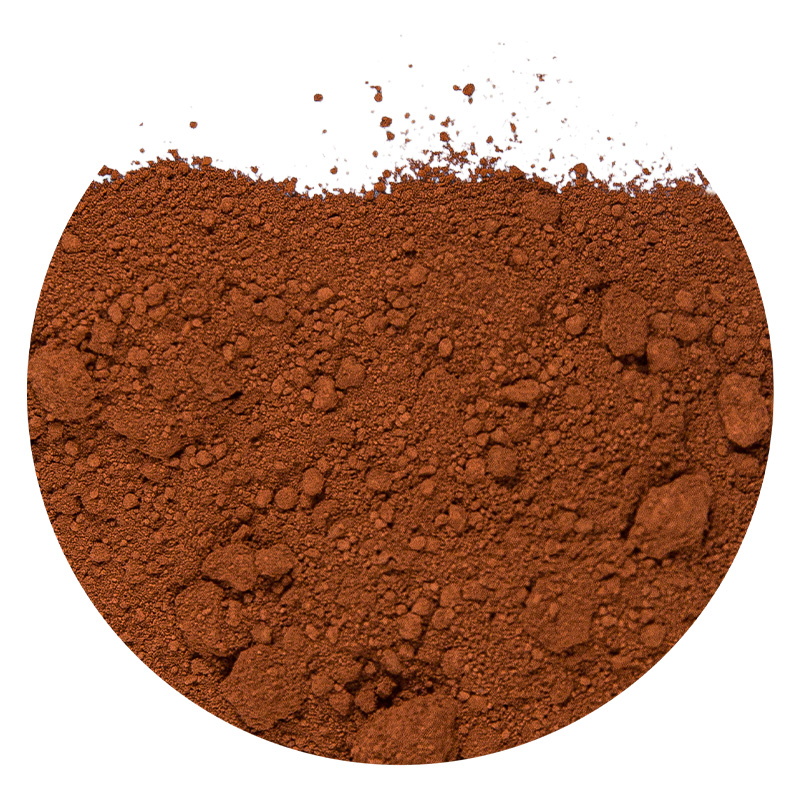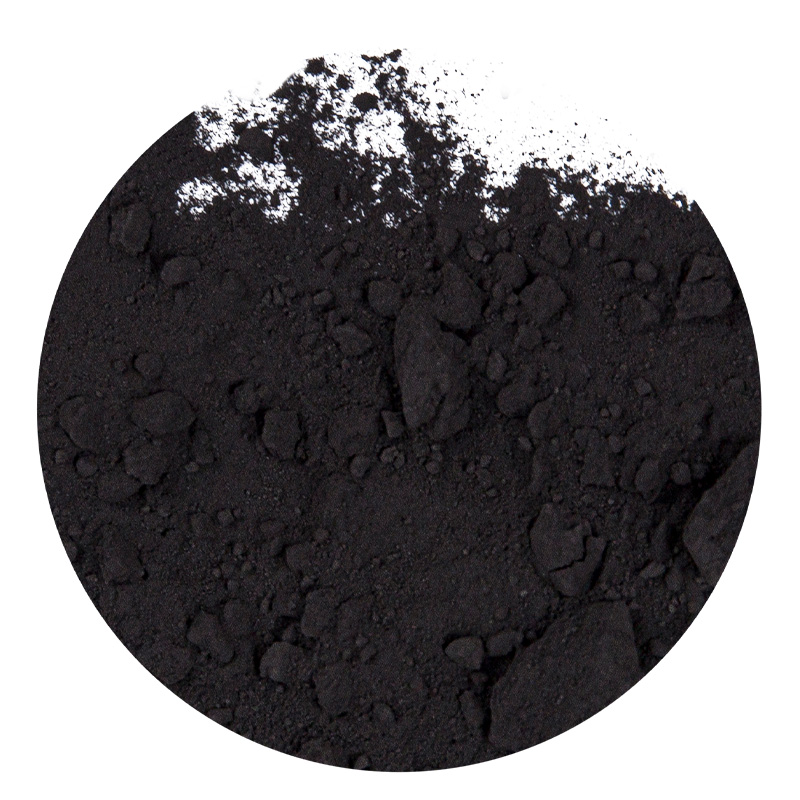Iron Oxide Yellow: Properties, Uses, and Applications
- 1 1. Introduction to Iron Oxide Yellow
- 2 2. Properties of Iron Oxide Yellow
- 3 3. Manufacturing Process of Iron Oxide Yellow
- 4 4. Applications of Iron Oxide Yellow
- 5 5. Advantages of Using Iron Oxide Yellow
- 6 6. Environmental Considerations
- 7 7. Comparison with Other Yellow Pigments
- 8 8. Safety and Handling
1. Introduction to Iron Oxide Yellow
Iron Oxide Yellow, a ubiquitous and historically significant pigment, is primarily composed of hydrated iron(III) oxide, with the chemical formula. This inorganic compound has been utilized as a colorant for millennia, evidenced by its presence in ancient cave paintings and historical artifacts. Its widespread adoption stems from its unique combination of vibrant color, exceptional durability, and cost-effectiveness. Today, iron oxide yellow remains a cornerstone in numerous industries, from paints and coatings to construction materials and cosmetics, highlighting its enduring importance as a versatile and reliable pigment.
2. Properties of Iron Oxide Yellow
The diverse applications of iron oxide yellow are a direct result of its well-defined chemical, physical, and safety properties.
Chemical Properties
Iron oxide yellow's chemical formula, indicates a hydrated form of ferric oxide. Its chemical structure contributes significantly to its remarkable stability. It exhibits excellent resistance to a wide range of chemicals, including weak acids, alkalis, and solvents. This inertness makes it highly suitable for applications where exposure to various chemical environments is expected, ensuring long-lasting color integrity.
Physical Properties
The physical characteristics of iron oxide yellow are crucial for its performance as a pigment:
- Color Characteristics: Iron oxide yellow typically presents a warm, earthy yellow hue. The specific shade can vary from a pale, creamy yellow to a deeper, more ochre-like tone depending on particle size and manufacturing process. It offers good saturation and lightness, allowing for a broad spectrum of color formulations.
- Particle Size and Morphology: The particle size and shape (morphology) of iron oxide yellow significantly influence its tinting strength, opacity, and dispersion properties. Smaller, more uniform particles generally yield higher tinting strength and smoother dispersions.
- Oil Absorption and Dispersion Properties: Iron oxide yellow typically has moderate oil absorption, which impacts the rheology of formulations like paints. Its good dispersibility in various media is a key advantage, allowing for homogeneous coloring without significant agglomeration.
- Lightfastness and Weather Resistance: One of the most significant advantages of iron oxide yellow is its outstanding lightfastness.6 It is highly resistant to fading or degradation upon prolonged exposure to sunlight and UV radiation, making it ideal for outdoor applications.7 Similarly, its excellent weather resistance ensures that colored products maintain their aesthetic appeal even in harsh environmental conditions.
- Tinting Strength and Opacity/Transparency: Iron oxide yellow possesses good tinting strength, meaning a relatively small amount can impart significant color.8 Depending on the specific grade and particle size, it can range from opaque to semi-transparent, offering flexibility for different aesthetic requirements.
Safety Properties
Iron oxide yellow is generally considered a safe pigment for a wide range of applications. It is non-toxic and non-carcinogenic. However, as with any fine powder, inhalation of airborne particles should be minimized. Relevant safety certifications and regulations, such as those from REACH (Registration, Evaluation, Authorisation and Restriction of Chemicals) in Europe or FDA (Food and Drug Administration) in the US for specific applications (e.g., cosmetics), typically govern its use and handling. Material Safety Data Sheets (MSDS) provide comprehensive information on safe handling, storage, and disposal.
3. Manufacturing Process of Iron Oxide Yellow
The manufacturing of iron oxide yellow primarily involves controlled precipitation methods, though thermal decomposition of iron salts can also be employed.
- Precipitation Method: This is the most common method. It typically involves the controlled oxidation of an iron(II) salt solution (e.g., ferrous sulfate) in the presence of a controlled amount of alkali and air. The key to achieving the desired yellow hue and particle characteristics lies in precise control over parameters such as pH, temperature, concentration of reactants, and rate of air introduction.
- Thermal Decomposition: While less common for pure yellow, iron oxides can be produced by the thermal decomposition of iron compounds. This method often yields different crystal structures and can be used to produce other iron oxide colors like red or black, which can then be further processed or blended.
Controlling particle size and color characteristics is paramount throughout the manufacturing process. This is achieved through careful manipulation of reaction conditions and subsequent processing steps like washing, filtration, drying, and milling. Strict quality control measures, including colorimetric analysis, particle size distribution analysis, and chemical purity checks, are implemented to ensure that the final product meets industry standards and customer specifications.
4. Applications of Iron Oxide Yellow
The robust properties of iron oxide yellow make it an indispensable colorant across diverse industries.
Paints and Coatings
Iron oxide yellow is extensively used in architectural paints (interior and exterior), automotive coatings, and various industrial coatings. Its excellent lightfastness, UV resistance, and weatherability make it ideal for exterior applications where color durability is paramount. It provides stable, aesthetically pleasing yellow hues that resist fading and chalking, contributing to the longevity and appearance of coated surfaces.
Plastics
In the plastics industry, iron oxide yellow is a popular choice for coloring a wide range of polymers, including PVC, polyethylene, polypropylene, and ABS.13 Its thermal stability ensures that it can withstand the processing temperatures of plastics without degrading. It enhances the aesthetic appeal of plastic products and contributes to their weather resistance, making them suitable for outdoor furniture, automotive parts, and packaging.
Construction Materials
Its inherent durability and vibrant color make iron oxide yellow a preferred pigment for construction materials. It is widely used to color concrete, mortar, bricks, paving stones, and roofing tiles.15 It provides long-lasting, aesthetically pleasing colors that integrate well with the natural environment. Beyond aesthetics, it contributes to the UV stability of these materials, helping to prevent degradation from sun exposure.
Cosmetics and Personal Care Products
Due to its non-toxic nature and stability, iron oxide yellow is approved for use as a colorant in cosmetics and personal care products. It is found in foundations, concealers, eyeshadows, blushes, and lip products. Its safety and compatibility with skin make it a reliable choice for achieving a wide spectrum of natural and vibrant shades.
Other Applications
Beyond these major sectors, iron oxide yellow finds application in:
- Paper: For coloring specialty papers and cardboard.
- Rubber: Used in the production of colored rubber products.
- Ceramics: As a colorant in glazes and ceramic bodies.
- Printing Inks: In certain types of printing inks.
- Art Supplies: As a pigment in artists' paints and pastels.
5. Advantages of Using Iron Oxide Yellow
The widespread adoption of iron oxide yellow is driven by a compelling set of advantages:
- Color Stability: Its exceptional resistance to fading and color change over extended periods ensures that colored products maintain their original aesthetic appeal, even under challenging conditions.
- UV Resistance: Unlike many organic pigments, iron oxide yellow is inherently resistant to degradation from ultraviolet radiation, making it ideal for outdoor and high-exposure applications.
- Chemical Resistance: Its inertness to a broad range of chemicals, including acids, alkalis, and solvents, guarantees color integrity in diverse chemical environments.
- Cost-Effectiveness: Compared to many other high-performance yellow pigments, iron oxide yellow is relatively economical, offering an excellent balance of performance and cost. This makes it an attractive option for large-scale industrial applications.
- Environmental Friendliness: As an inorganic pigment derived from naturally abundant iron, iron oxide yellow is generally considered environmentally benign. Its production often involves less energy and fewer hazardous byproducts compared to some synthetic organic pigments.
6. Environmental Considerations
While generally considered environmentally friendly, the production and use of iron oxide yellow still involve certain environmental considerations. The manufacturing process, particularly the precipitation method, generates wastewater which must be treated to remove impurities before discharge. Energy consumption during production, particularly for drying processes, is another factor.
Regulations and guidelines, such as those from environmental protection agencies, govern the handling, treatment of effluents, and disposal of iron oxide yellow byproducts. Efforts to promote sustainable manufacturing practices include optimizing energy efficiency, minimizing waste generation, and exploring greener synthesis routes. The long lifespan of products colored with iron oxide yellow also contributes to sustainability by reducing the need for frequent recoating or replacement.
7. Comparison with Other Yellow Pigments
Understanding the advantages and disadvantages of iron oxide yellow in comparison to other common yellow pigments is crucial for material selection:
- Cadmium Yellow: Known for its brilliant, vivid yellow hues and excellent opacity. However, cadmium is a heavy metal, raising environmental and health concerns.27 Its use is restricted in many regions, and it is significantly more expensive than iron oxide yellow. Iron oxide yellow offers a safer and more environmentally acceptable alternative, though its color intensity might be less vibrant.
- Hansa Yellow (Organic Pigments): Hansa yellows are a class of organic pigments offering bright, clean yellow shades. They can have good lightfastness depending on the specific type, but generally less so than iron oxides. Some Hansa yellows may exhibit less chemical resistance and can be more prone to migration in certain plastic applications. They are often more expensive than iron oxide yellow.
- Yellow Ochre (Natural Earth Pigment): Yellow ochre is also a hydrated iron oxide, but it is a naturally occurring mineral.28 It offers an earthy, muted yellow similar to some iron oxide yellows. Its properties are generally good, but its purity and consistency can vary depending on the source. Synthetic iron oxide yellow offers superior control over particle size, hue, and consistency.
In summary, iron oxide yellow stands out for its excellent balance of durability, cost-effectiveness, and environmental safety, making it a preferred choice over pigments with toxicity concerns (like cadmium yellow) or those with potentially lower stability (like some organic yellows).
8. Safety and Handling
While generally safe, proper safety and handling procedures for iron oxide yellow are essential, particularly in industrial settings where large quantities are handled:
- Inhalation: Avoid breathing dust. Use local exhaust ventilation or wear appropriate respiratory protection (e.g., N95 dust mask) if dust levels are high.
- Skin and Eye Contact: Avoid prolonged or repeated skin contact. Wear protective gloves and eye protection (safety glasses with side shields). In case of contact, wash thoroughly with soap and water. For eye contact, flush with plenty of water for several minutes.
- Ingestion: Do not ingest. If swallowed, seek medical attention.
- Storage: Store in a cool, dry place in tightly closed containers. Keep away from incompatible materials.
- Personal Protective Equipment (PPE): Always wear appropriate PPE, including safety glasses, gloves, and dust masks, especially when handling the powdered form.
- Disposal: Dispose of in accordance with local, state, and federal regulations.
Iron oxide yellow, a hydrated iron(III) oxide, stands as a testament to the enduring power of simple yet effective chemistry. Its unique combination of exceptional color stability, superior UV and chemical resistance, and remarkable cost-effectiveness has cemented its position as a vital pigment across a multitude of industries. From providing durable color to exterior paints and robust construction materials to enhancing the aesthetic appeal of plastics and cosmetics, its versatility is unparalleled. As industries continue to prioritize sustainable and high-performance solutions, iron oxide yellow's environmental benignity and reliable performance ensure its continued importance. Its future applications will undoubtedly build upon its proven track record, solidifying its role as an indispensable component in the quest for vibrant, durable, and sustainable coloration.

 English
English عربى
عربى русский
русский Español
Español



